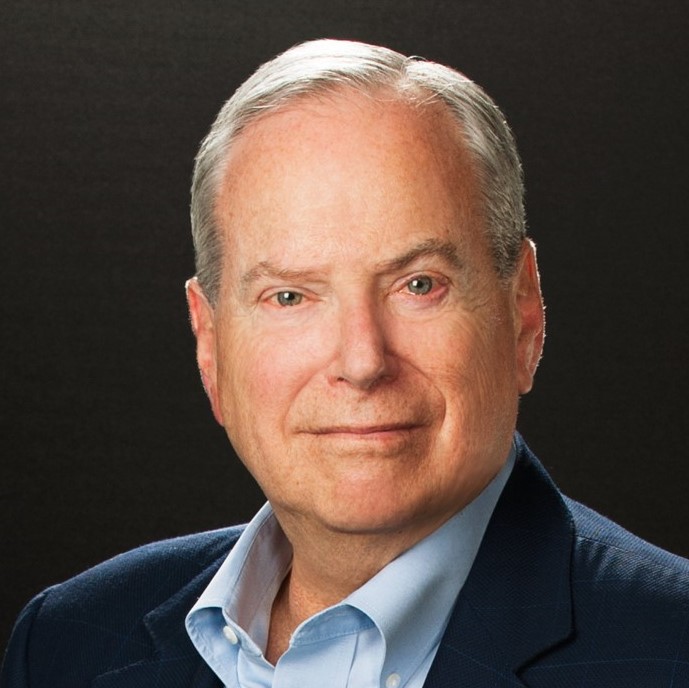Next week’s P3.EDU conference focusing on transformative partnerships in higher ed brings to mind the late evolutionary biologist Steven J. Gould’s description of the process of evolution: a mostly flat line with occasional sudden and sometimes momentous leaps, often the result of the creation of open niches that are filled by newly evolved species. He called it “punctuated equilibrium.” Out of those periods, often triggered by external stimuli, comes evolutionary change.

Our equilibrium has been profoundly punctuated. The COVID-19 pandemic has dramatically affected every aspect of society, with education at all levels violently disrupted. Higher ed has been forced to suddenly migrate to remote learning and then to prepare to navigate a treacherous and largely uncharted route back to a semblance of normalcy—or, more likely, a different “new normal,” whenever that may occur. For many institutions already facing financial uncertainty, the consequences of these compounding issues appear grave.
But it is not only the already-challenged schools that are at a crossroads. COVID-19 has not so much upended higher education as it has dramatically accelerated already-present trends. Well before COVID-19 struck, American higher education had entered an era of evolutionary change characterized by a shift from rapid expansion supported by seemingly limitless resources to one of at best stasis and at worst existential decline.
Coupled with this has been a decline in public support for the very value higher education. A few institutions, notably mold-breakers like Western Governors University and Southern New Hampshire University, have run strongly counter to these trends, but that, if anything, has added to the general unease among more conventional institutions. The historic equilibrium has been massively disrupted.
We know that catastrophes can breed transformation. Hurricane Katrina’s terrible destruction essentially wiped out the New Orleans school system. But the punctuation also opened space for evolution—a burst of innovation and support resulting in a vastly improved educational enterprise. Times like these, dreadful as they are, create space. With the entirety of higher education in disequilibrium, there is not only the need for institutions to regain a firm footing but the opportunity to embark on a path forward.
For institutions, change is difficult and, like in nature, often so slow as to be imperceptible. Yet for many, perhaps most schools, incremental change is no longer enough. To follow the evolutionary construct, time is often the enemy of survival. Species—and human enterprises—become extinct. Embracing the concept of transformation is a prerequisite to identifying opportunities and acting on them to pursue a vision and mission appropriate to the times.
The task is not simple. It requires carefully curated but aggressively prosecuted transformation. But what does “transformation” mean in the higher education context? Transformation may include the creative utilization of new technologies and pedagogies, increasingly inextricably connected. Revenue growth may depend on program diversification, or specialization. Reducing costs may involve outsourcing, or creating internal efficiencies, or both.
Unlocking capital and securing access to alternative financing strategies can provide liquidity to implement transformative change. Partnerships, mergers, acquisitions and affiliations can be transformative for all parties.
Evolution involves the entire organism. Transformation must evolve through a holistic approach to examining institutional mission, needs, priorities and capabilities and, importantly, finding and implementing the right solutions for the institution in its particular time and place. It is a process that requires a willingness to seek hard answers to complex questions and to act on results that may require difficult, sometimes wrenching, decisions. In the end, transformation requires both a clear-eyed understanding of where an institution is and where it wants to be, and a defined and realizable path forward. Hard truths must be heard, acknowledged and acted upon.
Let me be clear that “transformation” is not intended solely or even primarily for those schools that are in dire straits. The real beneficiaries of evolutionary transformation fall into two broad categories: institutions that are not in imminent jeopardy but can see where the glideslope meets the ground and, perhaps counterintuitively, institutions with significant strength, for whom opportunities abound, if only they can be identified and efficiently exploited.
American higher education entered 2020 with deepening concerns over declining enrollment and financial support. Smaller, particularly liberal arts-oriented colleges, were already disappearing, either through merger or closure. Larger schools, public as well as independent, were tightening their belts and consolidating. Then along came COVID-19 and, to put it mildly, all hell broke loose. While there was a remarkable universal pivot to remote learning, that sudden turn was driven far less by plan then by a reflexive institutional survival instinct, the initial response to the evolutionary punctuation.
As we transition to a post-COVID environment, the key to prospering will certainly require a realistic identification and understanding of threats and opportunities. But that is not enough. There must also been a willingness to embrace change and, when it is appropriate, to execute intelligent transformation. For the higher education community, deeply rooted in traditional ways and bound by forces only partially under its control, that is not an easy path. Punctuated evolution never is. But it is the path to the future.
Michael B. Goldstein is a managing director at the investment banking and strategy consulting firm Tyton Partners and co-creator of the new Tyton Center for Higher Education Transformation, established to provide an integrated, holistic approach to assessment, strategic advice and practical assistance for institutions seeking transformational change. Prior to joining Tyton Partners he founded and led the higher education law practice at the Washington, DC firm Dow Lohnes, which in 2014 merged with the global law firm Cooley LLP. Previously he was an associate vice chancellor at the University of Illinois-Chicago and an assistant city administrator and director of university relations for the City of New York. He currently serves as a trustee of Vermont College of Fine Arts and the Fielding Graduate University.

